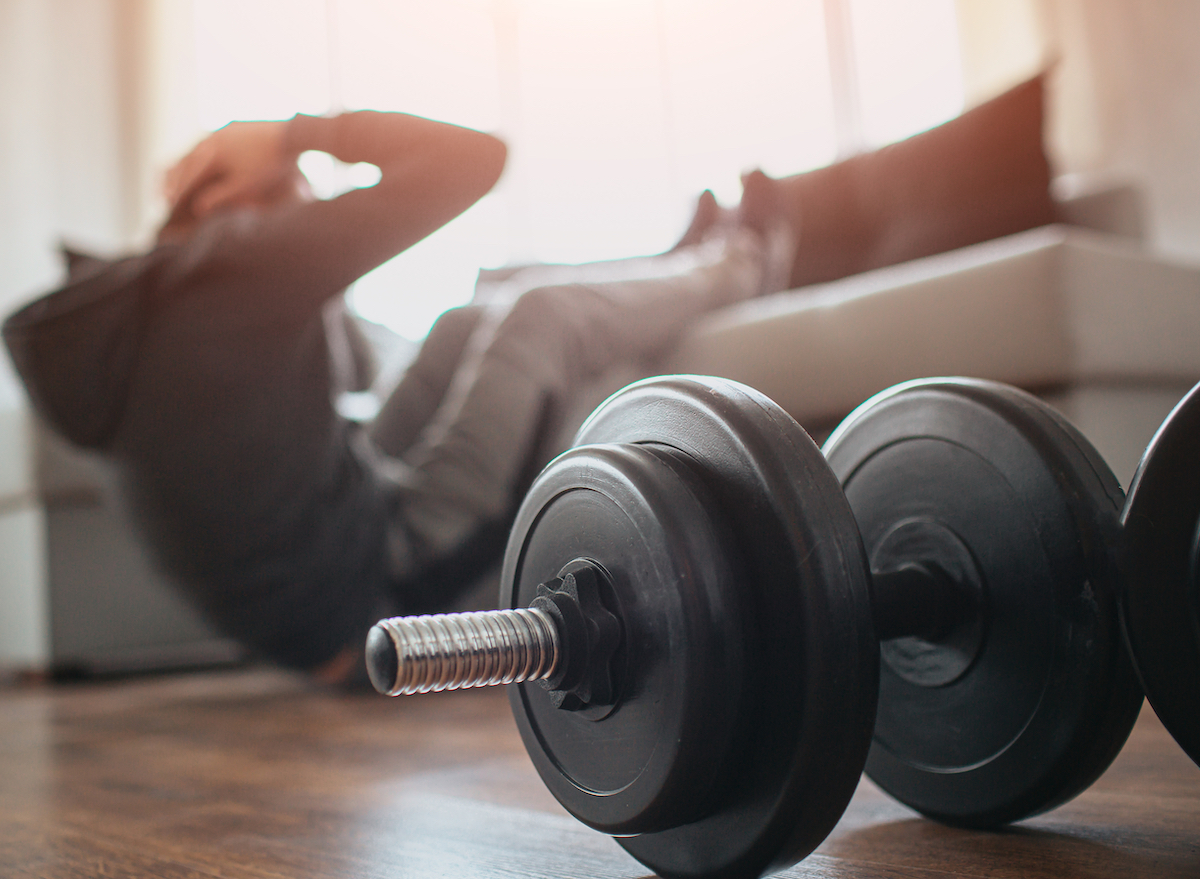If you’re just entering the world of free weights, you might be wondering where to get started. Free weights can look confusing to the beginner. You may have been sticking to machines for your weight training so far, but don’t dismiss free weights because they have a lot to offer too. Two of the most popular types of weights are dumbbells and barbells. But which one is right for you? Let’s take a closer look at each.
What Are Dumbbells?
You’re probably familiar with dumbbells already. These are small handheld weights that come in pairs, and each weighs the same as the other. They are designed so that each weight is easy to hold in one hand, and they are often used at the same time.
There are various types of dumbbells that you can use. The most common dumbbells have round weights on the ends. But others like hex dumbbells have flat edges so they can be placed flat on the floor and used for different exercises – and they won’t roll away either.
Most dumbbells are fixed, but some are adjustable so you can add or remove weights according to your needs.
What Are Barbells?
You’ve definitely seen barbells before. These are the long bars with weights at each end and they are often used in competitions. You attach weight plates to each end of the bar, and there are various different types of exercises you can do using them.
Like dumbbells, there are many types to choose from. The two main types are standard barbells and Olympic barbells, the main difference being that Olympic barbells are stronger and can take more weight. Then you also have barbell sets with adjustable spring collars and other variations.
Pros and Cons of Dumbbells
Why would you want to choose dumbbells? There are a number of advantages. For a start, they are usually easier to get started with and are not as intimidating as barbells, making them a great option for beginners.
But aside from being easier to get started with, they also have other advantages. For example, they have a large range of motion, which means you can use your arms with greater freedom and work different muscles in a way you cannot with barbells.
They are great for unilateral movements too. This is where you have a strength imbalance and you want to work your weaker muscles harder.
They are also convenient to use. You can get a pair of dumbbells and store them away without them taking up much space, and you can then take them with you to the gym or park. You can work out anywhere you want without needing any more specialist equipment.
But they are not for everyone. One of the problems with dumbbells is that they don’t allow you to lift as much weight as barbells, so it may be harder to build as much muscle mass as you want to. Also, a large collection of dumbbells can take up a lot of space in your home gym.
Pros and Cons of Barbells
The main advantage of barbells is that they allow you to gain serious muscle mass. Barbells allow you to lift heavier weights, and that’s why you often see the more serious weightlifters using barbells.
When you are lifting barbells, the weight is also more evenly distributed, and that means they provide greater stability.
One problem with barbells, however, is that it’s easy to do too much too soon, and this can lead to you pushing it too far and getting injured. You will need to learn the basic techniques and ideally get some instruction too.
Also, muscle imbalances can be an issue with barbells. Most people have a dominant side, and when using barbells, you may find that your dominant side does more work, affecting your weaker side.
Try Both Types of Weights
Neither type of weight is better than the other, and it all comes down to personal preference and your own goals. Perhaps start with dumbbells and then try out barbells when you’re feeling more confident, and there’s no reason you can’t incorporate both into your workouts.








